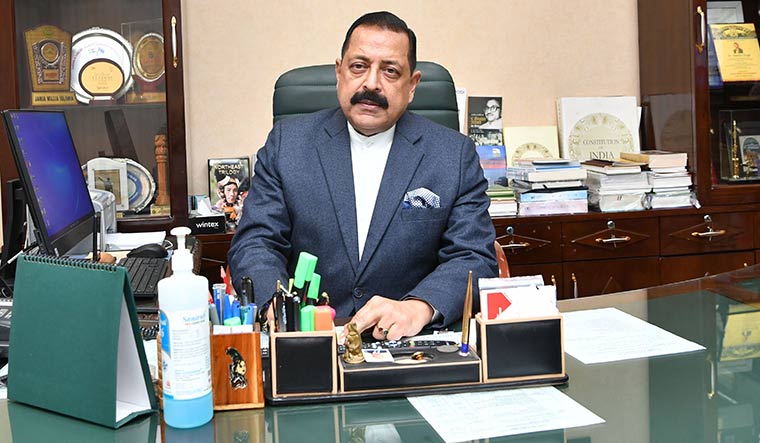What are the steps being taken to make the bureaucracy more efficient?
We have introduced Mission Karmayogi, which enables an officer to update and evaluate himself to prepare for a new assignment. It is based on a more objective approach where a bureaucrat who is transferred from one department or ministry to another is able to learn the ropes better and faster. For example, when a secretary in the health department goes to agriculture ministry, should he pretend that he understands farming overnight? There was a need to shift from a rules-based approach to a role-based approach where the bureaucrat can build himself up to his role and also evaluate himself constantly. Under this mission, there are training modules for bureaucrats focusing on imparting competencies that are critical to discharging different roles. I believe this will go a long way in making civil services fit for the future.
Is the trend of IAS officers as generalists still continuing?
An IAS officer may not be a specialist in too many things. Therefore, we are using the Integrated Government Online Training (iGOT) programme to find out which officer is more suitable for which assignment. This is helping us select specialists through a more transparent procedure. As you can see, officers belonging to the forest service, income tax and revenue service are holding key positions today. Even then, some specialised jobs require super specialists. We are bringing in consultants. The government has introduced lateral entry appointments to induct the best of the talent from the private sector and by routing it through the UPSC we have institutionalised the process and fixed criteria for selection following a completely merit-cum-experience based approach.
An important step is that we are integrating technology with governance reforms. We have brought the expertise of seven or eight ministries and departments handling science and technology to all other ministries to see where technological interventions can take place. Science and technology experts are attending meetings of different ministries and the results have been fabulous. For example, the jal shakti ministry is now using heli-board technology to map groundwater resources. Space technology is also being used everywhere. The Svamitva programme uses drone technology to create accurate land records and has helped in comprehensive village planning to make rural India atmanirbhar. Other initiatives like soil health card and telemedicine are transforming lives.
Most ministries have gone online. This shows how technology has been put to use by the Modi government, which is why even during the Covid lockdown, not a single day’s work got disrupted.
How are you dealing with non-performers and corrupt officers?
This government is following the policy of zero tolerance for corruption. In the last eight years, 395 non-performing and corrupt Central government employees have been prematurely retired from service. It is the government’s prerogative to retire government servants in public interest if they are found not up to the mark. Against those who have indulged in grave misconduct, strict action is being taken, including dismissal. More than 200 requests seeking consent for a CBI probe are pending with various state governments like Maharashtra, Punjab, West Bengal, Jharkhand and Chhattisgarh. These requests involve corruption to the tune of Rs30,912 crore.
What is the prime minister’s vision for the bureaucracy in 2047?
We are slowly moving towards citizen-centric governance. Slowly the citizen will take over governance. The use of technology will facilitate this change. We are in the process of drawing indices for 2047. At that time, the scenario will be different and technology and artificial intelligence will take over in such a way that human interface will only become a facilitator. This will pose the biggest challenge to the civil services. For the bureaucrat to give his optimum performance, he must learn to use technology in the right manner. For example, in the Svamitva scheme, a farmer or land owner can access the site and find out for himself the demarcation of his land. He does not need to go through the patwari at all. So the patwari is rendered jobless. These changes are already taking place and technology is evolving very fast. It is the age of integrated working, and old systems and mindset need to change.


